I’m quite familiar with the Ford Fiesta, in fact, the Fiesta ST is one of my favorite cars that I’ve reviewed in the last few years. I’ve reviewed the Fiesta ST on a couple of occasions (2014 review and 2015 review), however, not every Fiesta is an ST and some times we have to drive the regular Fiesta’s. We reviewed the Fiesta with the 1.0 liter engine a couple of years ago, last week I had keys to the top of the line non-ST, Fiesta Titanium.
In Canada, we love our small cars, and the sub-compact segment is full of great little cars that are pretty easy on the wallet when you buy them and they’re also easy on the wallet at the gas pump. The Fiesta is a bit on the older side, with the competition having refreshed their offerings recently. However, the Fiesta is still a pretty good package and it is pretty sporty, obviously not as sporty as the ST.
The Ford Fiesta comes as a sedan or a 5-door hatchback, unlike some other manufacturers, both the sedans and hatchbacks have the same starting price. The 2016 Ford Fiesta S starts at $15,365, Fiesta SE has a starting price of $15,934 and the top of the line Fiesta Titanium starts at $19,360. Our review car had a sticker price of $24,999. With options like the 6-speed automatic transmission ($1,250), power moon roof ($1,200), engine block heater ($100), interior protection package ($150), Fiesta stickers on the door ($200), voice-activated navigation ($800), exterior protection package ($300), and remote start system ($300).
The 2016 Fiesta is offered with two engine choices, a standard 1.6 liter 4-cylinder engine, or an optional 1.0 liter EcoBoost 3-cylinder engine available on the SE, at an additional cost of $1,290. Check out our review of the Fiesta SE with the 1.0 liter engine here.
The standard 1.6 liter 4-cylinder engine produces 120 horsepower at 6,350 rpm and 112 pound-feet of torque at 5,000 rpm. This engine comes standard with a 5-speed manual or an optional 6-speed automatic transmission. According to Ford, it should consume 8.7/6.4/7.6 Liters/100 kilometers in city/highway/combined driving. After driving the Fiesta Titanium for a week, the on-board computer showed 7.3 L/100 km with 60/40 city/highway driving.
The 1.6 liter engine is good enough for regular commutes around the city and it performs okay on the highway, it is noisy, but most cars in this class are just as noisy. Power is good for city driving, living in Vancouver, you’re racing from one red light to another, so you don’t feel like you need more power. On the highway, the engine does need a little encouragement to get it up to passing speeds. I think the 5-speed manual would be a better choice with this engine, and 6-speed manual would make thinks even more interesting. I prefer manual transmissions with small cars like these, even if they don’t have much power, the manual shifting of gears makes the car more fun and you can really optimize the small amount of power produced by the little engine.
The suspension on the Fiesta is on the sporty side, maybe some of that ST goodness rubbed on it, it is actually quite fun to drive and the car encourages you to weave in and out of traffic. It’s not a sports cars, but quite sporty for a sub-compact.
The overall look of the Fiesta hasn’t changed much, as I mentioned above, it’s an older design, dating back to 2008, so it might be due for a complete makeover. It isn’t a bad looking car, but it’s not going to win any beauty contests either.
The interior also has remained the same over the years, with minor changes here and there. The interior looks similar to the Focus and Escape, and is a pretty comfortable place. There is a lot of plastic but most of it is of the soft variety, which makes things feel a little better.
The interior features a 6.5” touchscreen system, which gives you access to navigation, entertainment, phone, and settings. The Fiesta now comes with SYNC 3, which is very easy to use and works great. The Fiesta can be loaded with tech features like backup camera, navigation, push-button start, keyless entry, heated seats, automatic climate control, and 2 USB ports.
The interior is small, but I felt comfortable during my week-long review. The leather covered seats are pretty supportive and the front seats can be adjusted manually. The back seat is supposed to be for three passengers, but realistically two adults can fit easily. There was enough leg room for me in the back seat with the front seat set for my height, 5′ 8”. Headroom is a little tight and it does feel a little claustrophobic in back seats. There is decent amount of space in the trunk or hatch, which can be increased by folding down the rear seats, however, the rear seats do not fold down flat.
Overall, the 2016 Ford Fiesta is a pretty sporty sub-compact car. It’s pretty efficient and the suspension makes it feel like a much more fun car than the econo-box it’s supposed to be. It is, however, a bit of an older design.
For more information, check out ford.ca.
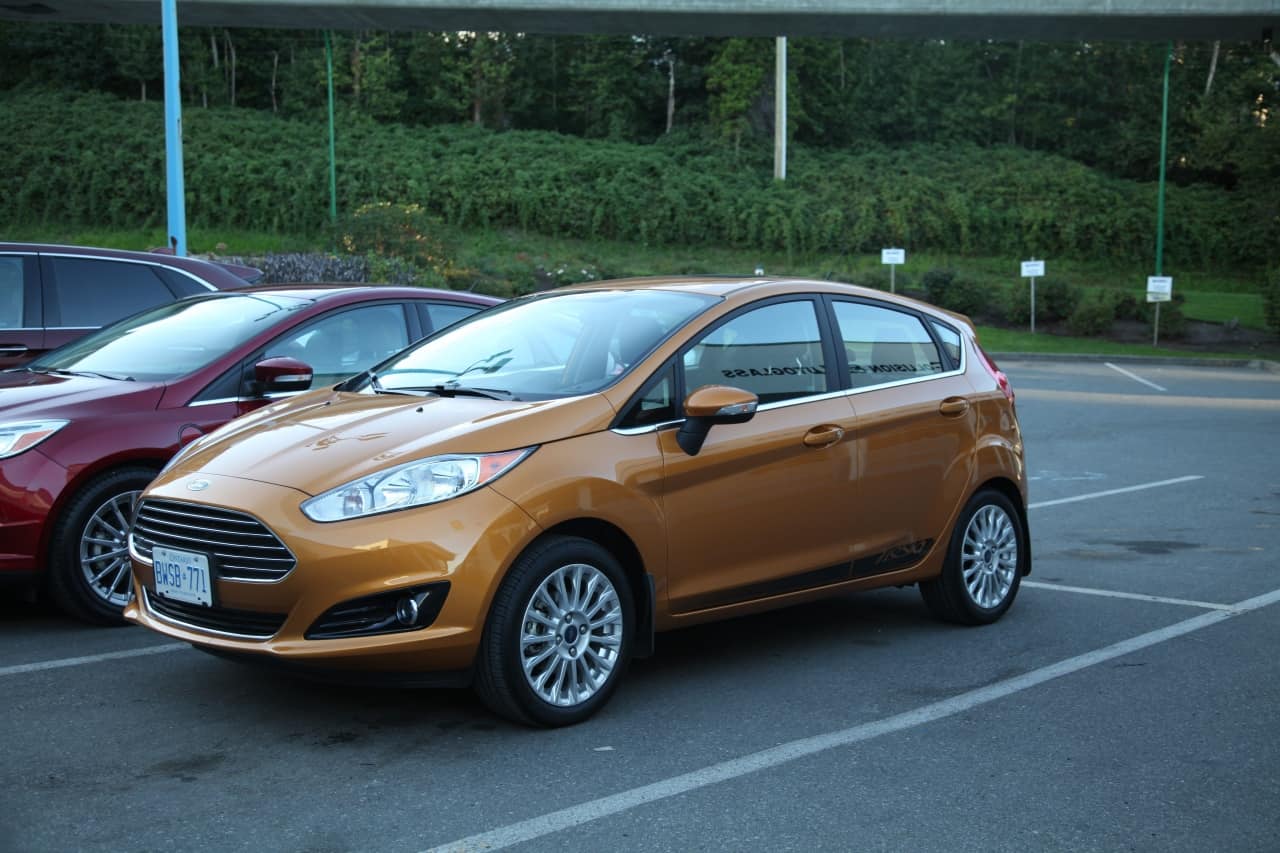
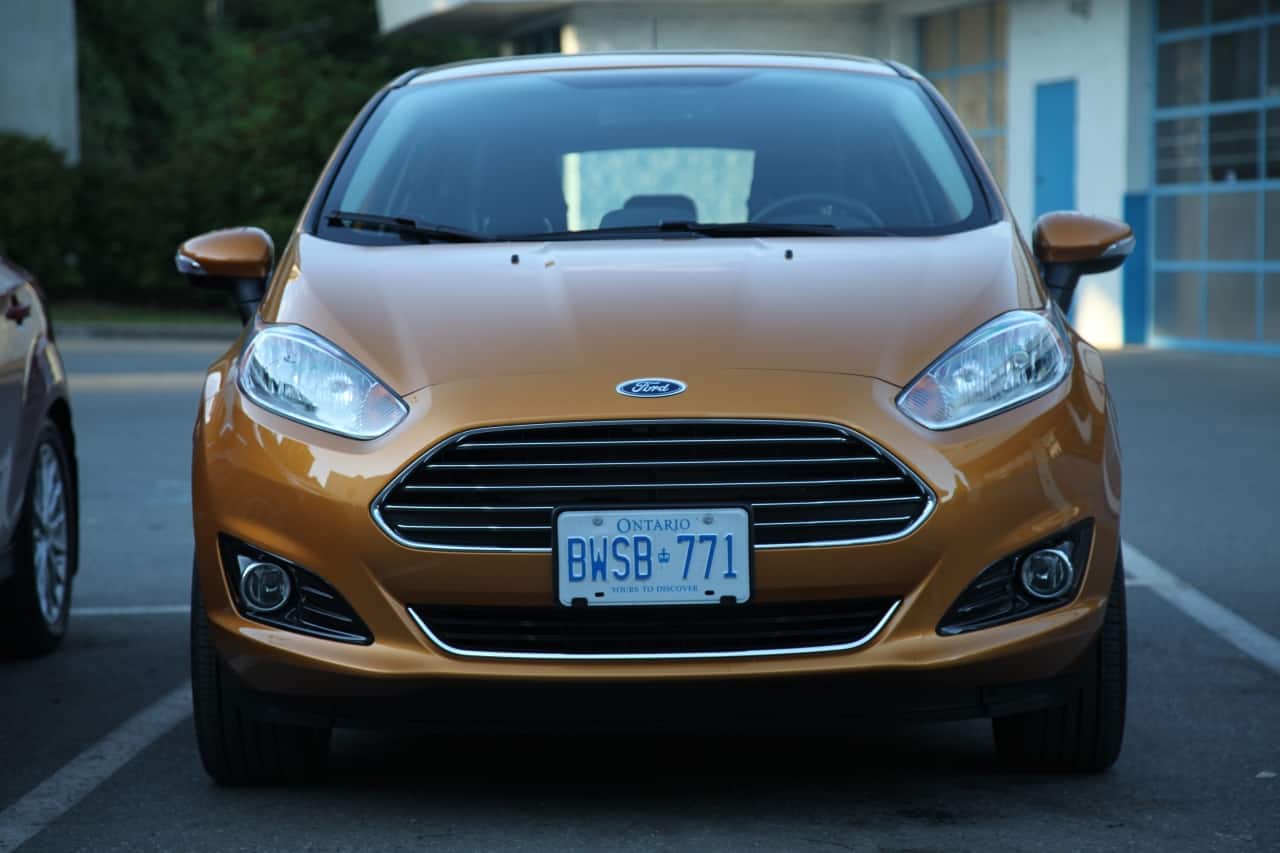
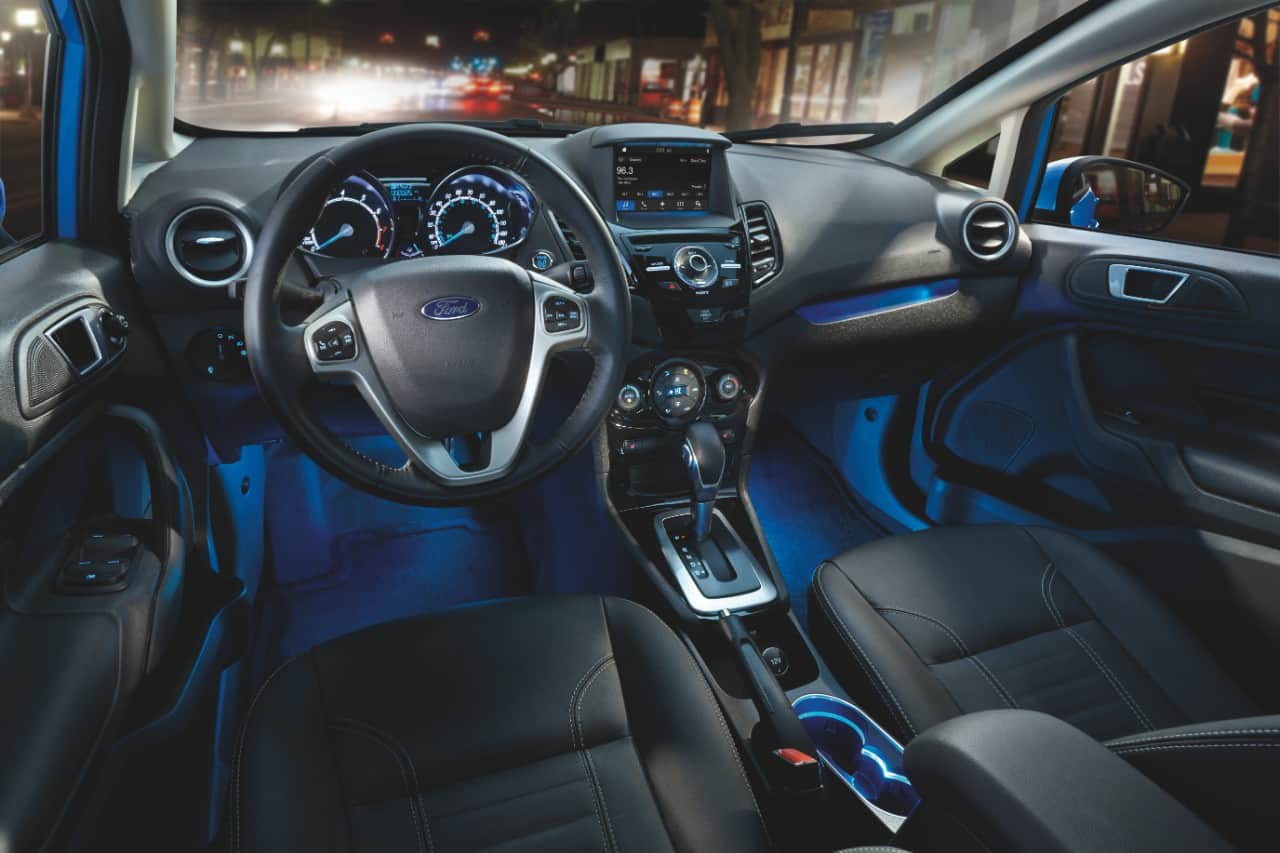
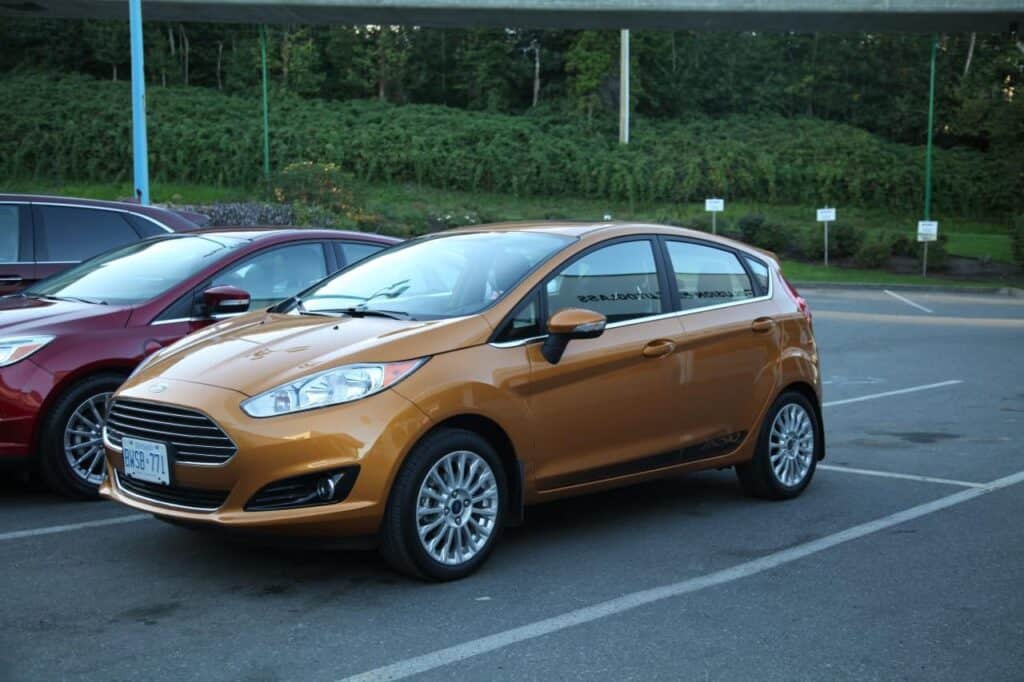
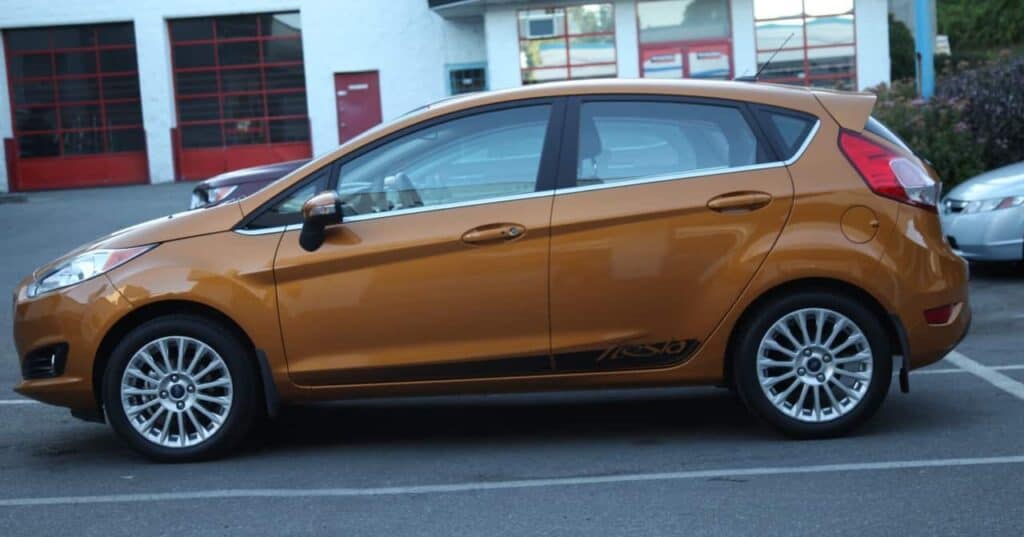
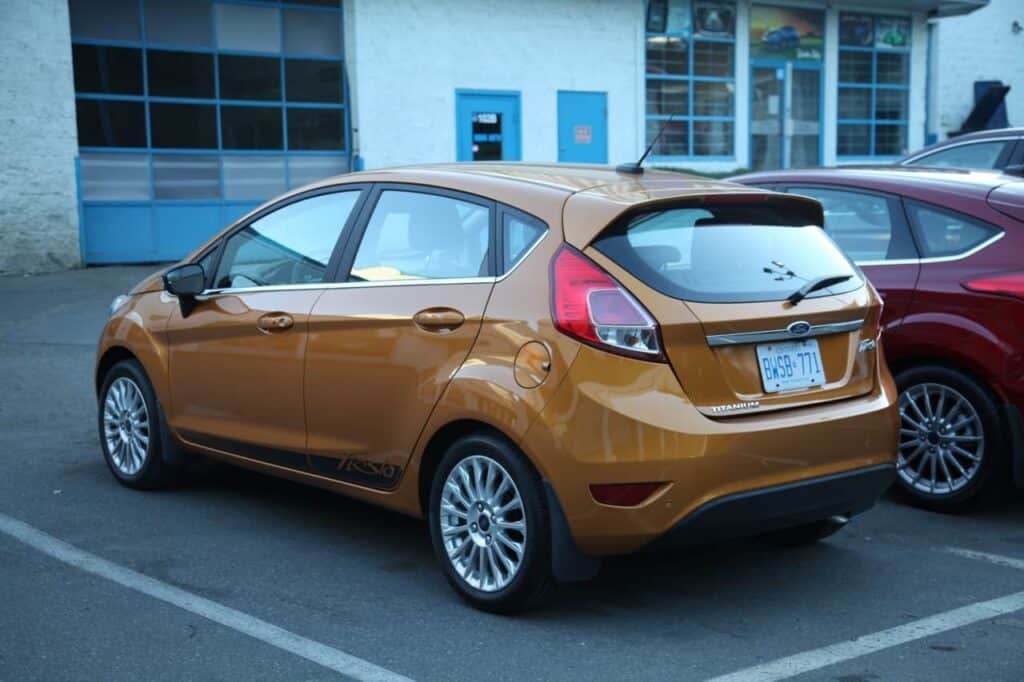
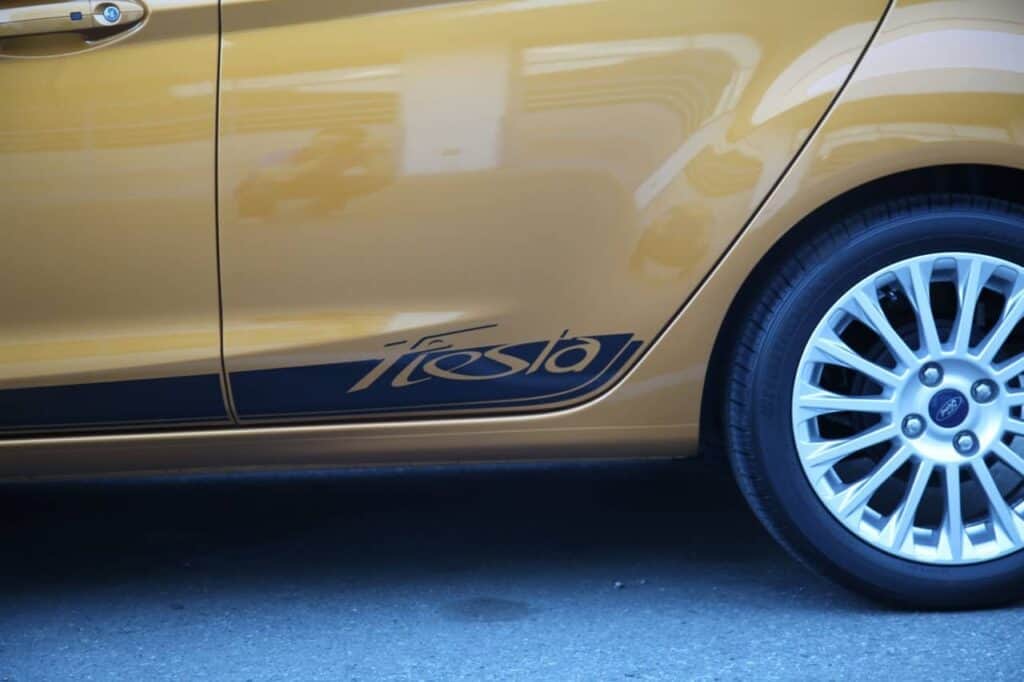
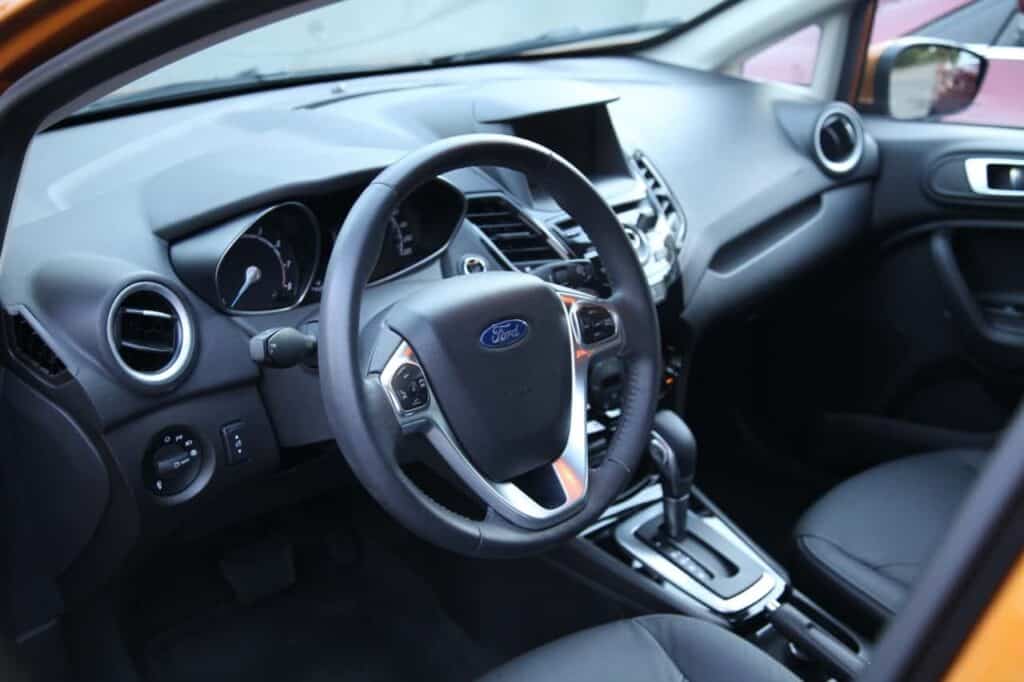
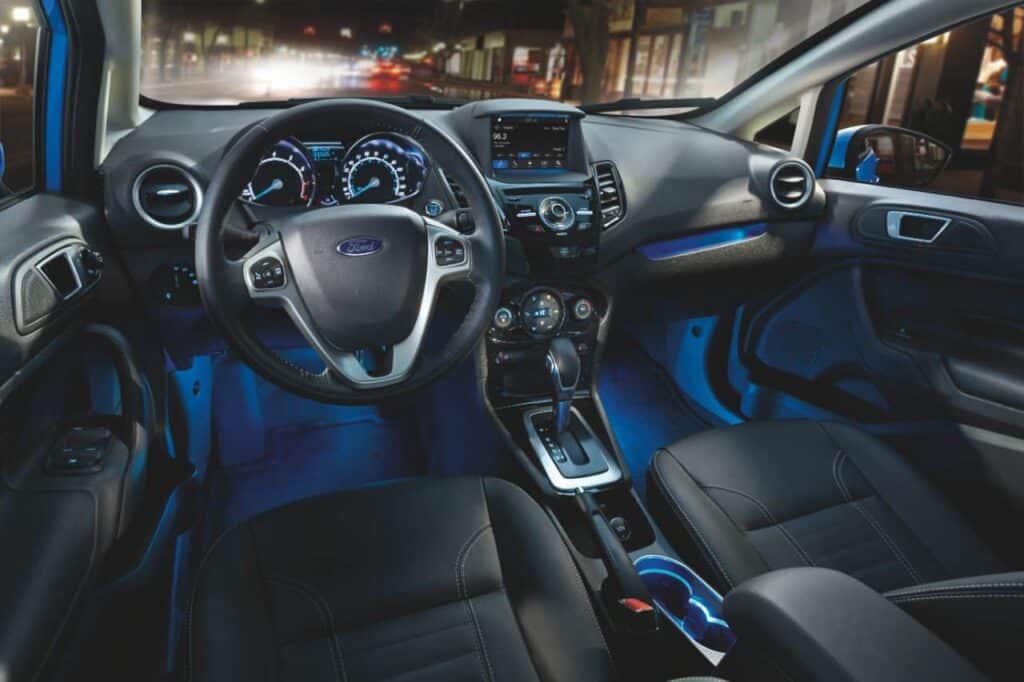

The automatic transmission in the Fiesta and Focus models is terrible. Over the last four years there have been over 66,000 complaints of transmission break downs. Ford refuses to recall these faulty transmission and only extended the warranty from 5 to 10 years. They know they have made a lemon. We got rid of our 2014 Ford Focus, which was jerking, bucking, shuddering and stalling between gears, after Ford refused to repair it or replace it. Who wants to drive a car which may kill you?
Our writer Eddie also had a Fiesta, 2013 or 2014, and yes that one had a terrible transmission. Ford did replace some parts of it with parts from a Civic, but it still was very jerky. Eddie got rid of it a few months after owning it, he mentions is in his Fiesta 1.0 review (http://www.unfinishedman.com/2014-ford-fiesta-1-0-sfe-ecoboost-review/). Having said that, I didn’t feel any of that jerkiness in the 2016 model.